The company

With over 100 years’ experience in passenger transport, ALSA has brought the Philip II Train back to life. This sightseeing train links Madrid and El Escorial by rail, where passengers can enjoy the impressive cultural heritage of its destination whilst conjuring up rides during the 40s on this vintage train. Therefore, the Philip II Train adds to the fantastic sightseeing and cultural offer available in the Community of Madrid.
This amazing project is a significant milestone in ALSA’s history and in the Spanish railway history as it has become the first passenger train to be operated by a private company this century.
The alliance between ALSA, as the operator, the Spanish Railway Foundation, the Community of Madrid, National Heritage and the Town Councils of San Lorenzo de El Escorial and El Escorial, makes up an excellent combination that will provide the Philip II Train passengers an exciting trip back in time.
The Locomotives Series 321 of the Philip II Train
In 1962, the Spanish Rail Network put out a tender offering the leading locomotive manufacturers the chance to purchase sixty mixed-traffic diesel locomotives that could haul passenger trains and freight trains. After the usual ups and downs experienced in this kind of administrative procedures, on 10th July 1964, the American company ALCO Products Inc was hired to provide sixty DL-500S locomotives with the FPD-9 standard –as is usual in the American railway.
This is a diesel-electric locomotive with a 2180 horsepower engine that could run at 120Km/h and based on the “World Locomotive” designs made by ALCO (that stands for American Locomotive Company), many of which had been exported to Europe, South America, India and Australia, with great operational success. In Spain, we already had these locomotives (series 1600 and 1800).
A diesel-electric locomotive works as a diesel generator that supplies electric power to the electric engines placed on the axis. Its extraordinary simplicity and reliability, as well as its lower production costs compared to other mechanical solutions, turn the electric drive into the standard choice for railway networks worldwide. It is worth mentioning that ALCO designed the first locomotive with this system back in 1925.
The winning design in the tender consisted of a special adjustment to the Spanish railway needs, producing a locomotive with two identical cabs (which no American railway has), and this provided a leading edge in the Spanish operational needs. The design was later employed for multiple locomotives all over the world, especially in Australia.
They fulfilled their purpose by running in Castille Leon, Castille La Mancha, Madrid, Extremadura, Galicia and Asturias, hauling all kinds of trains, from the most prestigious express trains, to work trains.
Finally, the excellent performance of these locomotives meant that the order was further increased to eighty units.
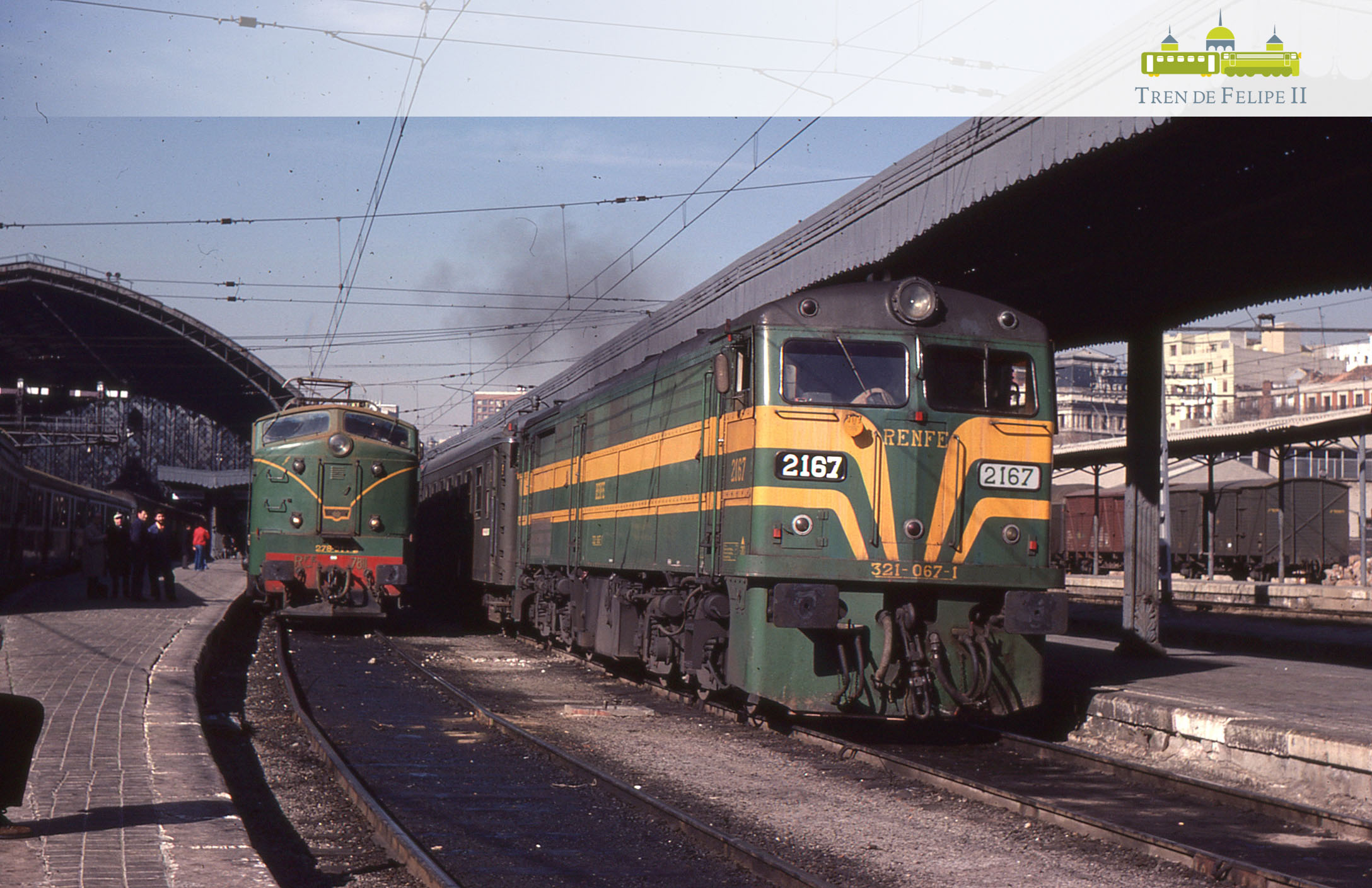
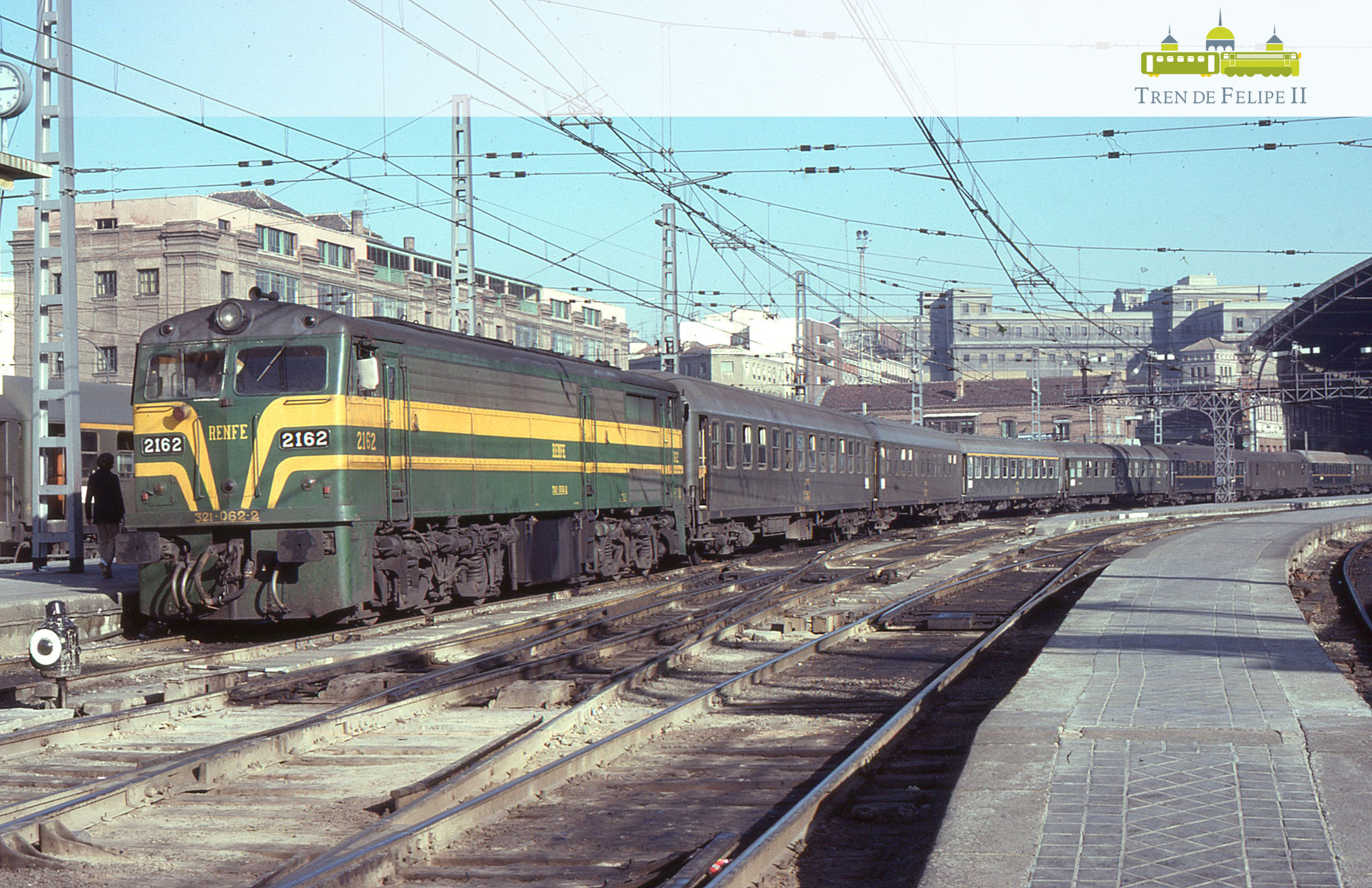
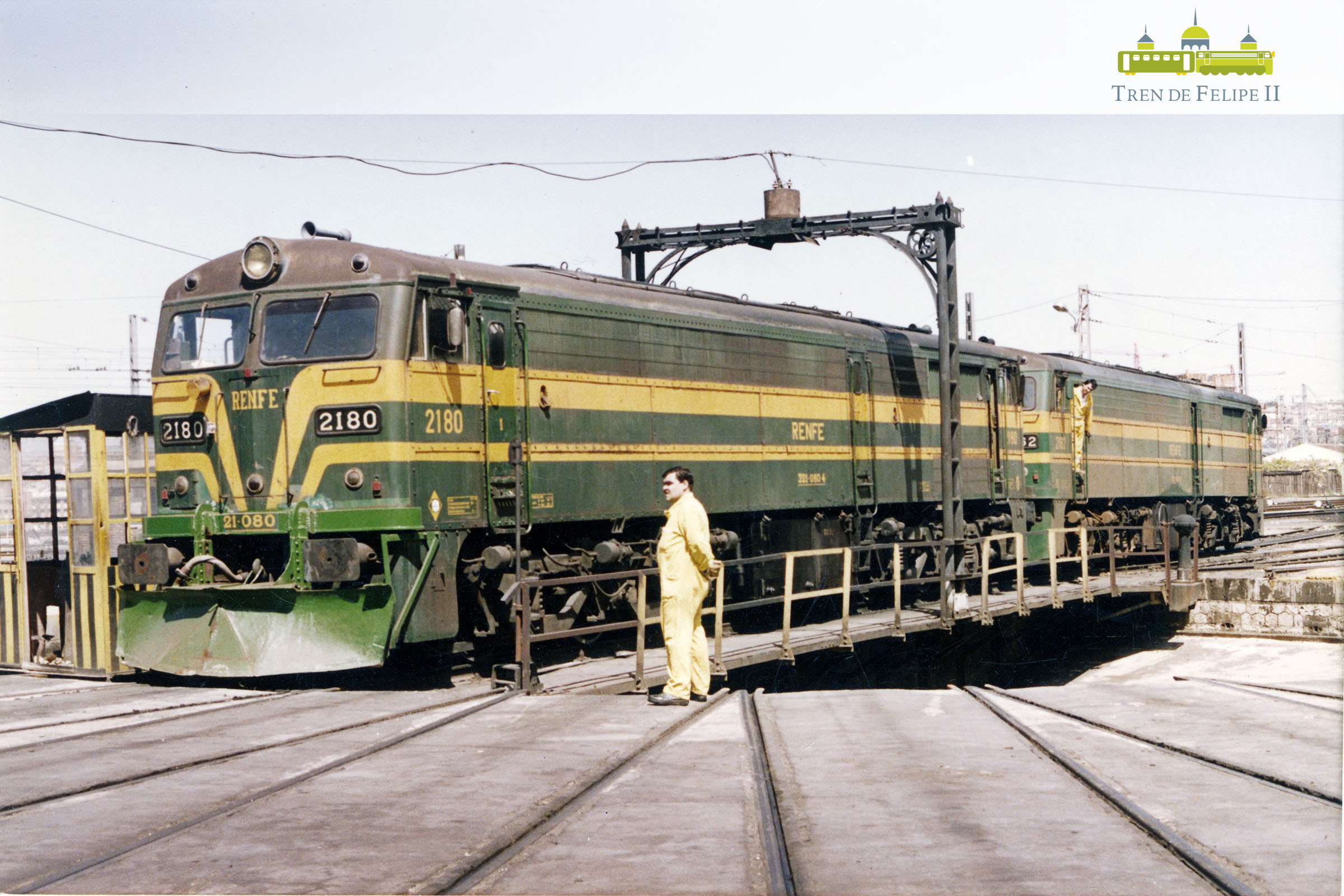
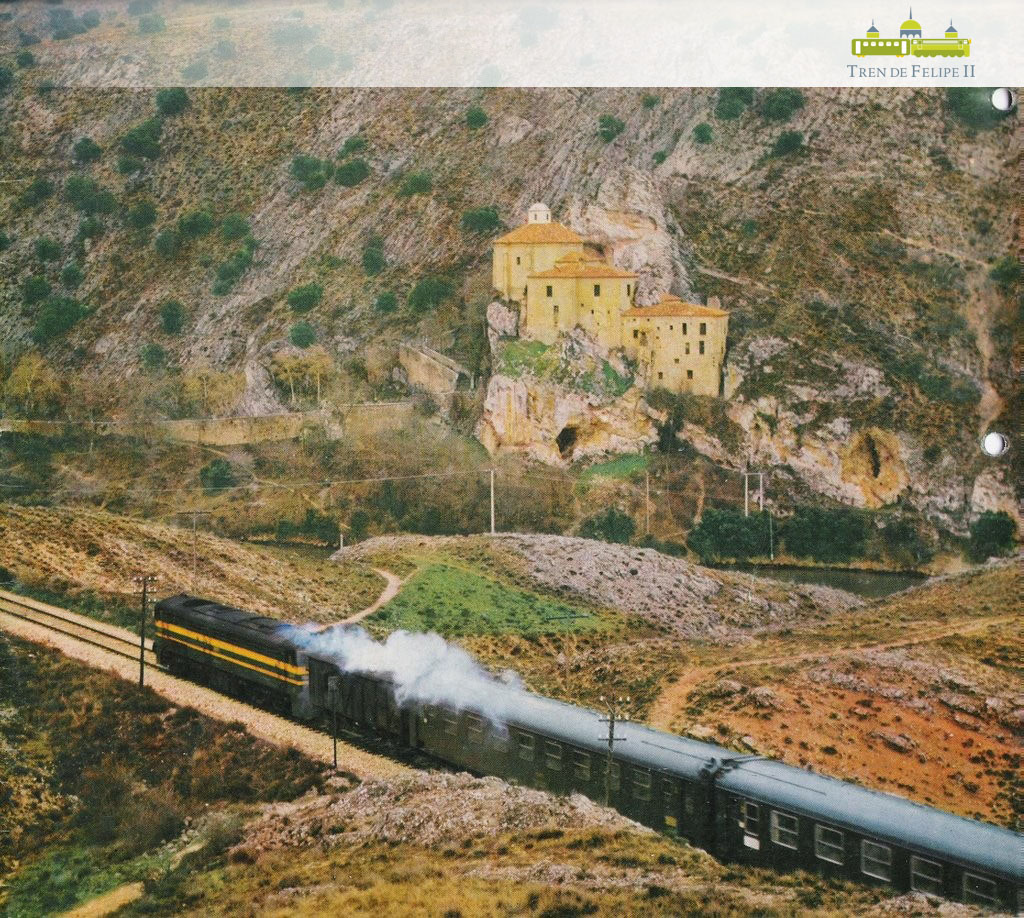
Passenger carriages Series 5000 and 6000 of the Philip II Train
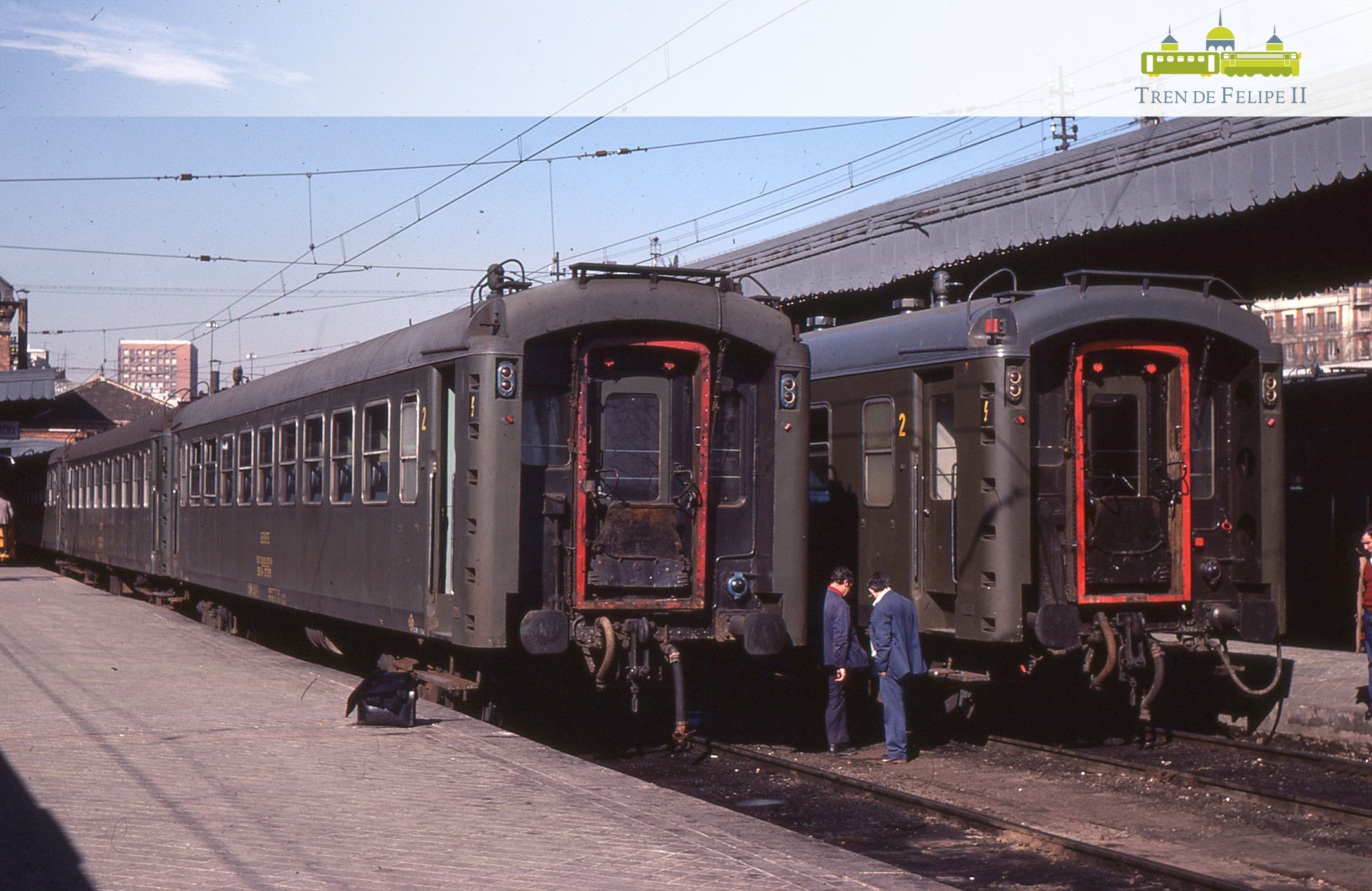
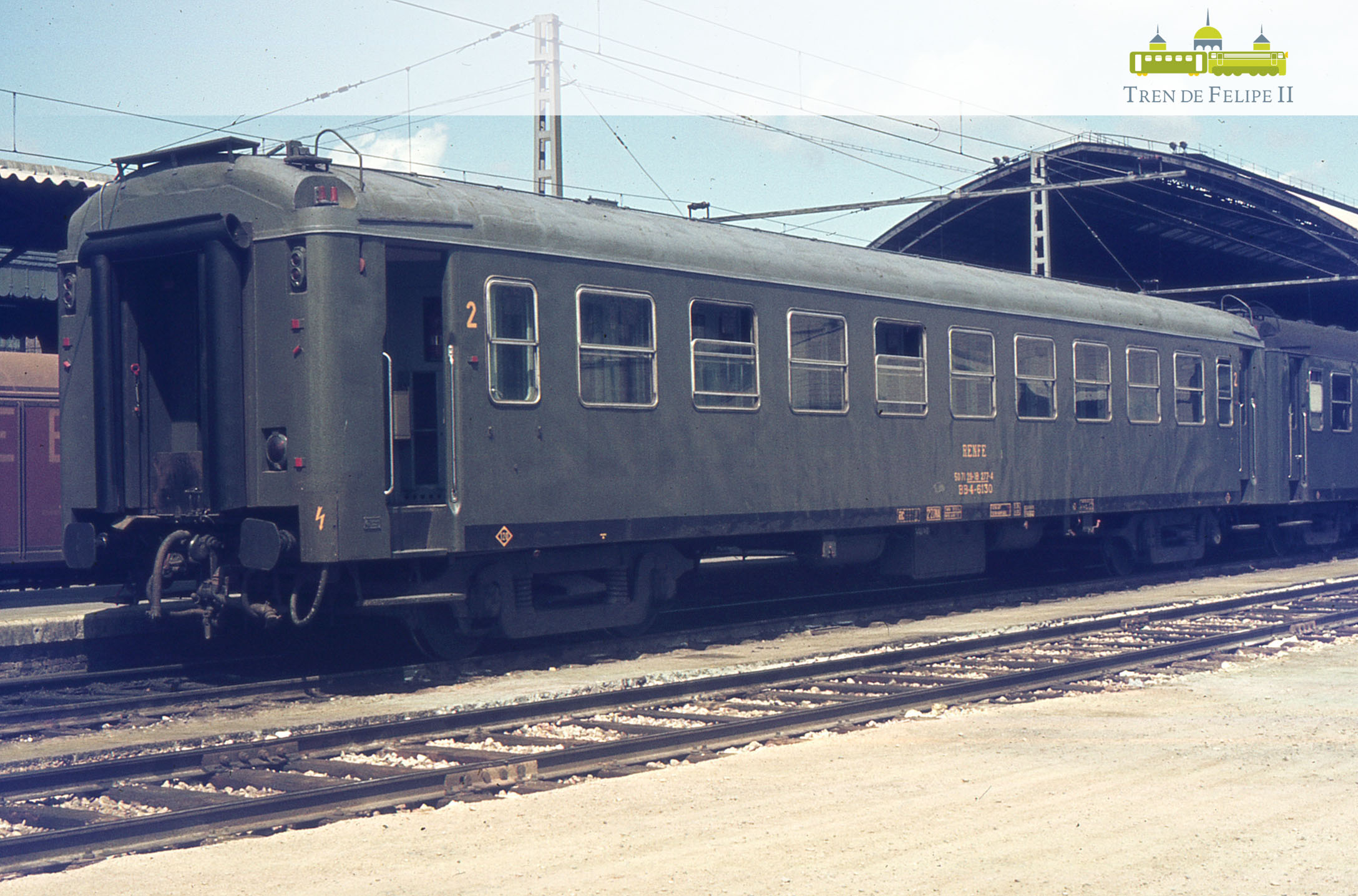
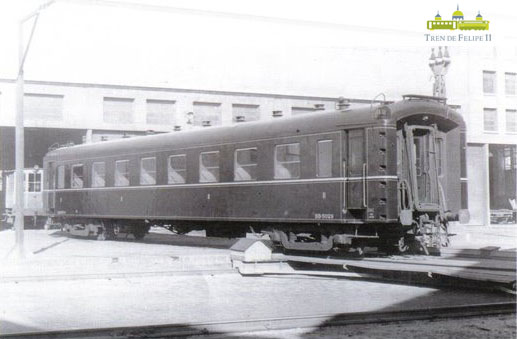
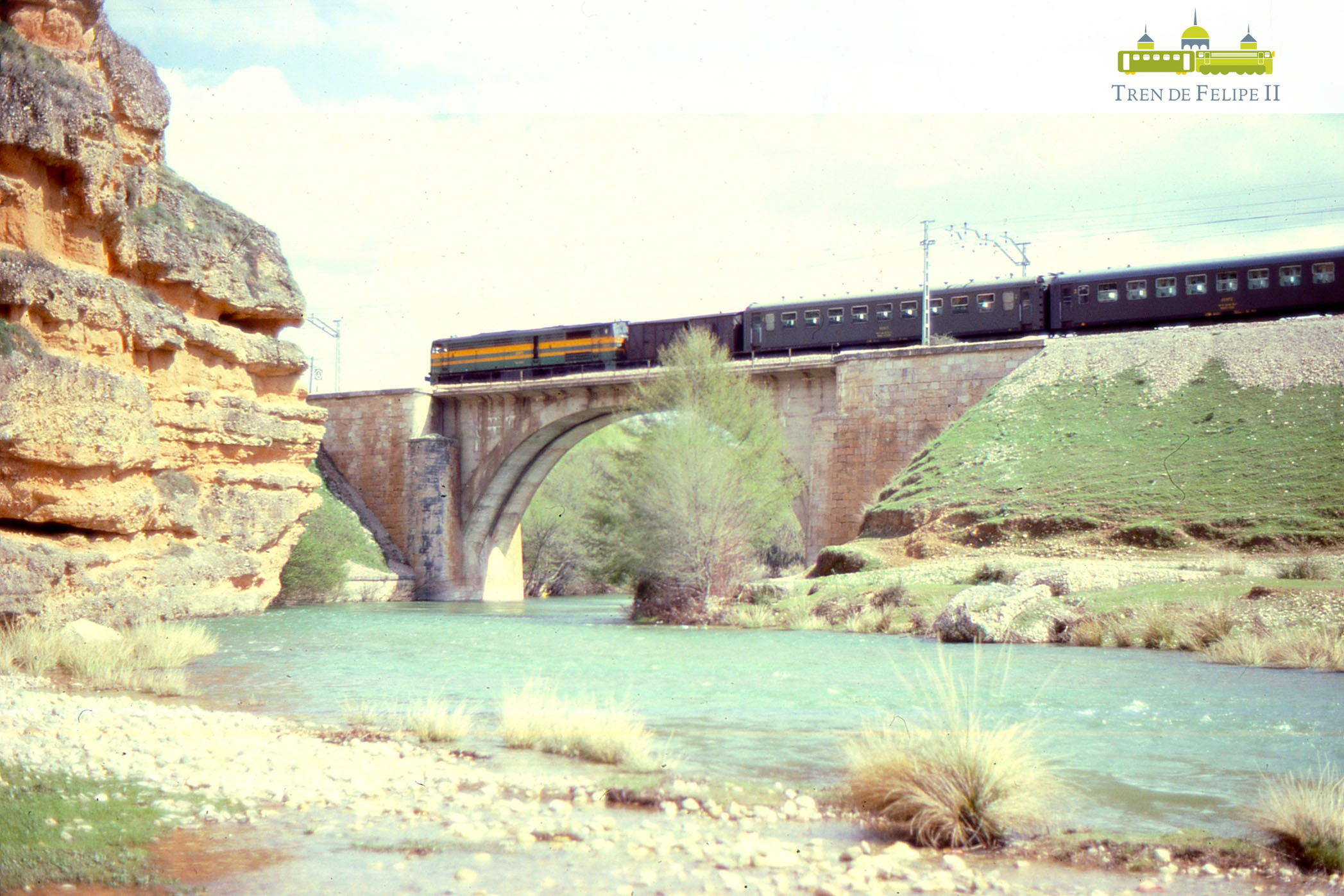
| CARRIAGES SERIES 5000 | 346 units |
| First Class: | 101 units |
| Second Class: | 92 units |
| Third Class: | 70 units |
| Mixed Carriages First and Third Class: | 17 units |
| Mixed Carriages First and Second Class: | 30 units |
| Mixed Carriages First and Third Luggage: | 10 units |
| Mixed Carriages First and Berths Class: | 26 units |
| CARRIAGES SERIES 6000 | 200 units |
| First Class: | 80 units |
| Third Class: | 120 units |
The long history of the Carriages Series 5000 began at the very end of the Civil War, when the private railway companies making up the Spanish Rail Network, found that their fleet of passenger carriages had shrunk significantly and was badly damaged.
This fleet was made up of an extremely diverse amount of vehicles that were very old and grouped into families of barely 10 vehicles each. For instance, one of the main private rail companies (the rail company of Madrid to Zaragoza and Alicante, MZA) didn’t have any metal carriages. In fact, adding up all the companies’ fleets, there were no more than one hundred metal carriages in total.
Therefore, not only did they urgently need modern metal passenger carriages, they also needed a large amount of them to cover passenger services in those times. To understand the origin of this type of carriages, it’s essential to know about the industrial, economic and political scenario right after the Civil War and in the midst of the Second World War, where Spain supported the Axis powers.
The war was particularly harsh on the industrial premises, especially those devoted to building capital goods, such as rolling stock. But even before the war, the trains were far behind in technical and technological aspects.
It was Germany, where they had made great progress in building carriages with metal structures, who firmly intervened in designing and creating the carriages series 5000, which were technologically innovative thanks to their fully welded and self-supporting structure.
The design took into account the shortages in the Spanish industry, so the design of the structures was adapted to use the traditional rolled profiles with only a minimum amount of inlaid metal elements that would otherwise require special equipment that wasn’t available in the Spanish industry.
Despite these adjustments, the urgency of the situation meant that the national rail industry was unable to cover all the needs and they had to resort to the French industry. As the French were also immersed in the post-war period, they agreed to build 100 carriages in their factories and manufacture the parts for another 100 carriages that would then be assembled in Spain; what we would now call a “self-assembly kit”.
This is how the carriages series 6000 came to life. The main difference was using the original German design, as the French industry had sufficient technology and resources to deliver, so, structurally, they used huge inlaid metal sheets. On the outside, it’s practically impossible to tell them apart from the carriages series 5000, save for tiny details on the inside (the 6000 were the first carriages with fluorescent lighting) and on the outside.
This large family consisted of 546 carriages in total, making up the first large family of carriages in the Spanish rail network.
Adjustments of the Phillip II Train
At the end of 2016, the Spanish Railway Foundation and ALSA signed a series of agreements to set in motion and operate the Philip II Train.
With this, the Spanish Railway Foundation provided ALSA with different trains to restore keeping to strict historic standards. Specifically, they delivered four passenger carriages series 5000 and 6000, all of them built in the 40s, to make up the historic train. Perseverance and craftsmanship, in this case by the railway association Asociación Venteña de Amigos del Ferrocarril, has enabled the preservation of this valuable rail heritage for the past 20 years. On the other hand, the train will be hauled by a diesel locomotive series 321 that dates back to the 60s.

